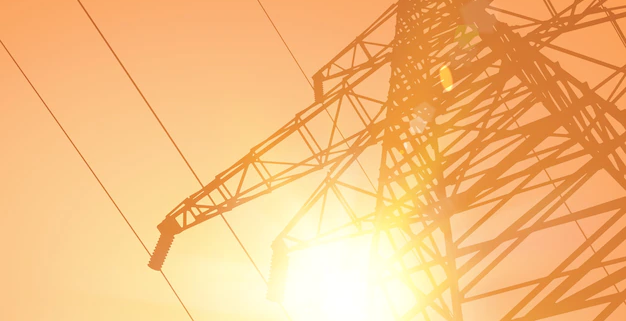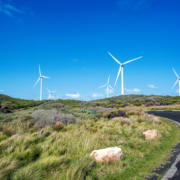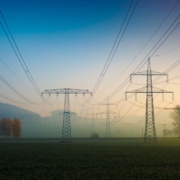TRANSMISSION CONTESTABILITY IN AUSTRALIA- Enabling the Clean Energy Transition
New modelling contained in a Nexa Advisory report shows about $13 billion could be slashed from electricity costs by opening up Australia’s transmission market to competition.
- Close to $1 billion ($952 m) in capital cost reductions would come as a result of opening the transmission market to globally proven non-incumbent transmission entities, who have the established scale and procurement partnerships, (as we can see from the NSW REZ tenders).
- Additional reductions in costs, of $2.98 billion, could be achieved through avoiding excess regulated returns on equity, via the opening of markets for the ownership as well as construction of new transmission.
- Most significantly, reducing the delays in delivering new operational transmission, by just three months, would avoid a $9.2 billion increase in wholesale electricity costs.
Australia needs to build 10,000km of transmission, in less than 10 years, equal to 25 per cent of today’s entire transmission grid.
It is becoming extremely unlikely that we will meet our 2030 and 2050 targets. Even if we could generate enough renewable energy, we do not have the transmission infrastructure required to convey it to consumers.
Lengthy and uncertain approvals process that do nothing to ensure social licence from and compensation of host communities.
The scale of build required risks supply chain and procurement bottlenecks for the regulated monopoly networks. This means transmission is not being approved and built fast enough and is slowing down the renewable generation and storage build needed.
Nexa Advisory believes that the current regulatory barriers to entering Australia’s electricity transmission markets, which result in monopoly provision by primary transmission network service providers (PTNSPs), are resulting in increased costs to Australian consumers, and delaying the transition to reliable and secure clean energy.
There is significant support, among the diverse group of stakeholders, for opening the transmission market in Australia to competition.
There is no reason to believe that the current number of transmission entities, one per state, is the upper limit or optimal number in the NEM.
Australia must compete on the international stage for highly specialised assets and skilled labour, such as project management of large infrastructure projects.
A radical approach is needed to ensure we build this critical infrastructure on time and ensure the impacts of delays are not borne by consumers.
Evidence from our research shows that the current market frameworks, regulated and non-regulated, for delivering new transmission infrastructure, are complex and as a result, retain high barriers to market entry.
Barriers to entry inefficiently fragment transmission markets, allow transmission operators opportunities to exercise market power. This in turn results in generally higher cost and slower delivery environment than is the case in high performing overseas markets that less fragmented and more open to competition.
The modelling shows that reducing or removing barriers to entry to Australian transmission markets could avoid the costs and delays associated with the current closed and fragmented markets, approach and save over $13 billion dollars of unnecessary costs to customers on the journey to net zero and meeting renewable generation targets.
Opening up the transmission market to global established players will be key to:
- Encourage innovation in both technical approach and delivery.
- Attract international private finance and capital quickly and efficiently.
- Significant supply chain and procurement leverage to deliver faster and cheaper.
We are calling for:
1) The Commonwealth Government to make transmission investment contestability a pre-requisite for access to Rewiring the Nation.
2) Jurisdictional competitive tenders for nationally significant ISP and non ISP projects in NSW and VIC (where there is contestability now).










